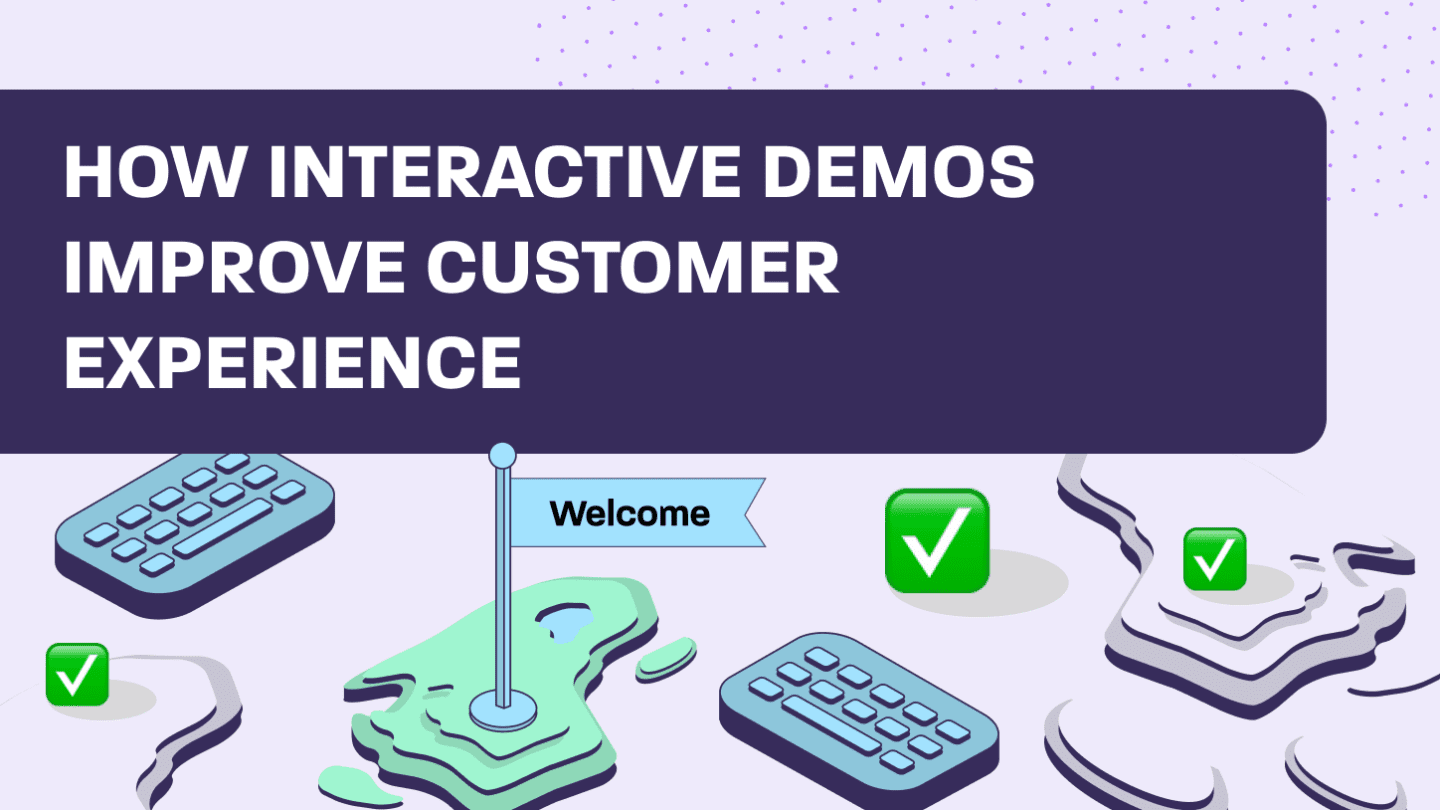
Product Demos
Keep reading
How Interactive Demos Improve Customer Experience: 5 Strategies That Actually Work
If you really think about it… Most B2B product demos are built to impress prospects, not to actually help them.…

Product Demos
Keep reading
How AI-Powered Demo Personalization Is Transforming B2B Sales Conversions
AI-powered demo personalization is changing the game

Product Demos
Keep reading
How Personalized Demos Increase Closed-Won Rates: Data, Framework & Benchmarks
This guide breaks down exactly how personalized demos drive closed-won outcomes, with the frameworks, benchmarks, and competitive intelligence to prove…
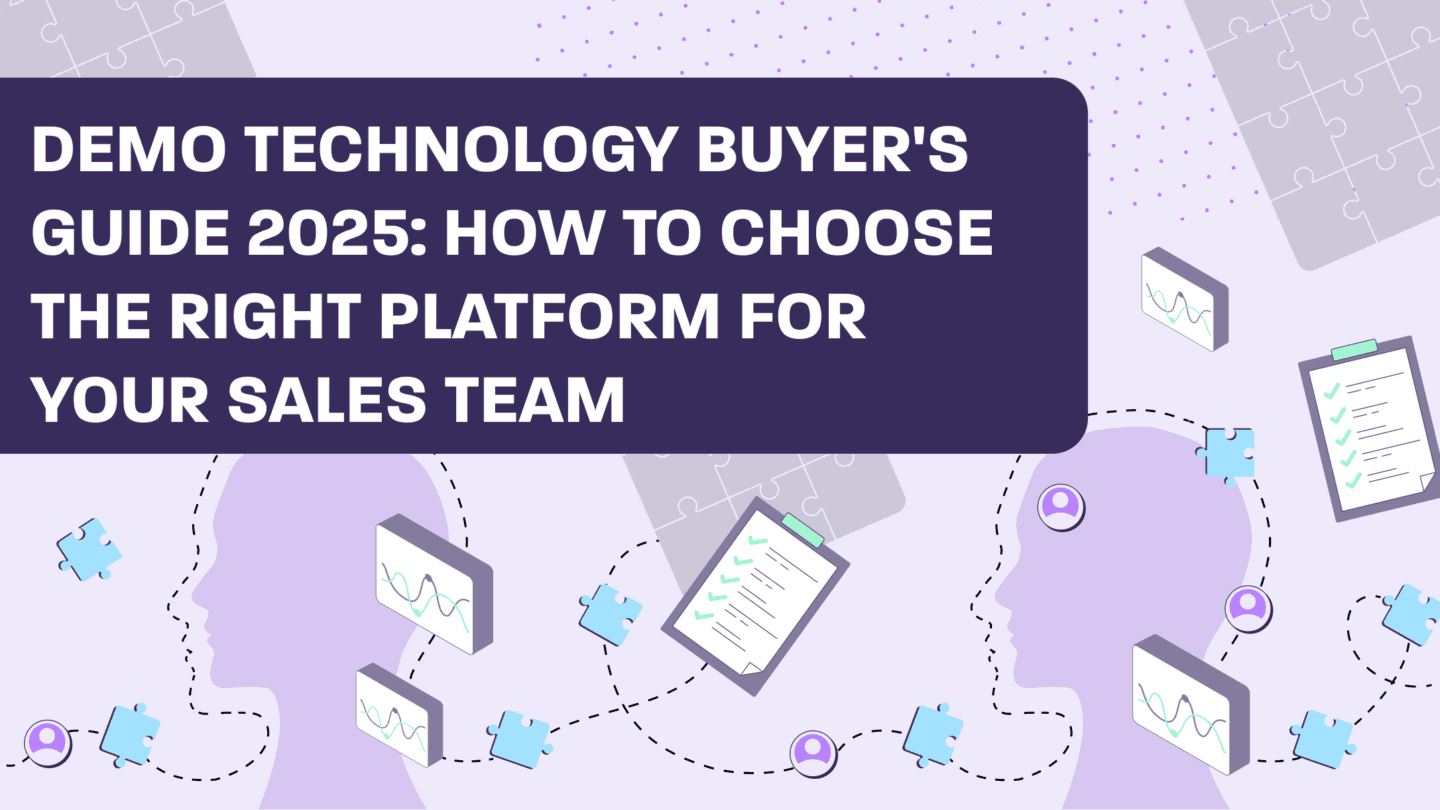
Product Demos
Keep reading
Demo Technology Buyer’s Guide 2025: How to Choose the Right Platform for Your Sales Team
We’ll walk through the three main demo approaches, when each makes sense, what features actually matter, and how to calculate…
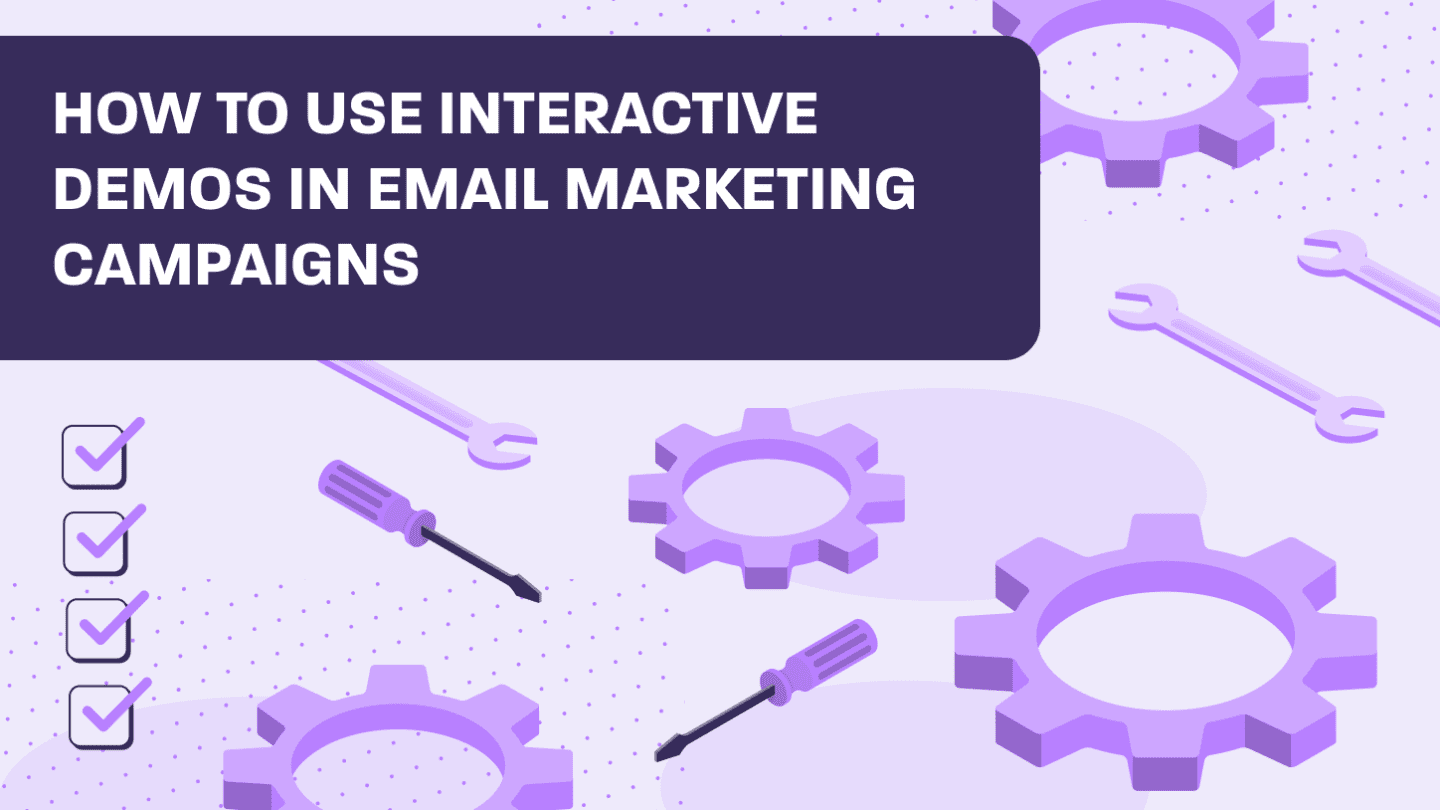
Product Demos
Keep reading
How to Use Interactive Demos in Email Marketing Campaigns
Email marketing in B2B isn’t dead. But if you’re still sending static screenshots and “book a demo” CTAs, you’re fighting…

Product Demos
Keep reading
From Demo Data to Closed-Won: The Complete Guide to Interactive Demo + CRM Pipeline Intelligence
Your buyers spend hours exploring interactive demos before their first sales call. They click through features, share demos with colleagues,…
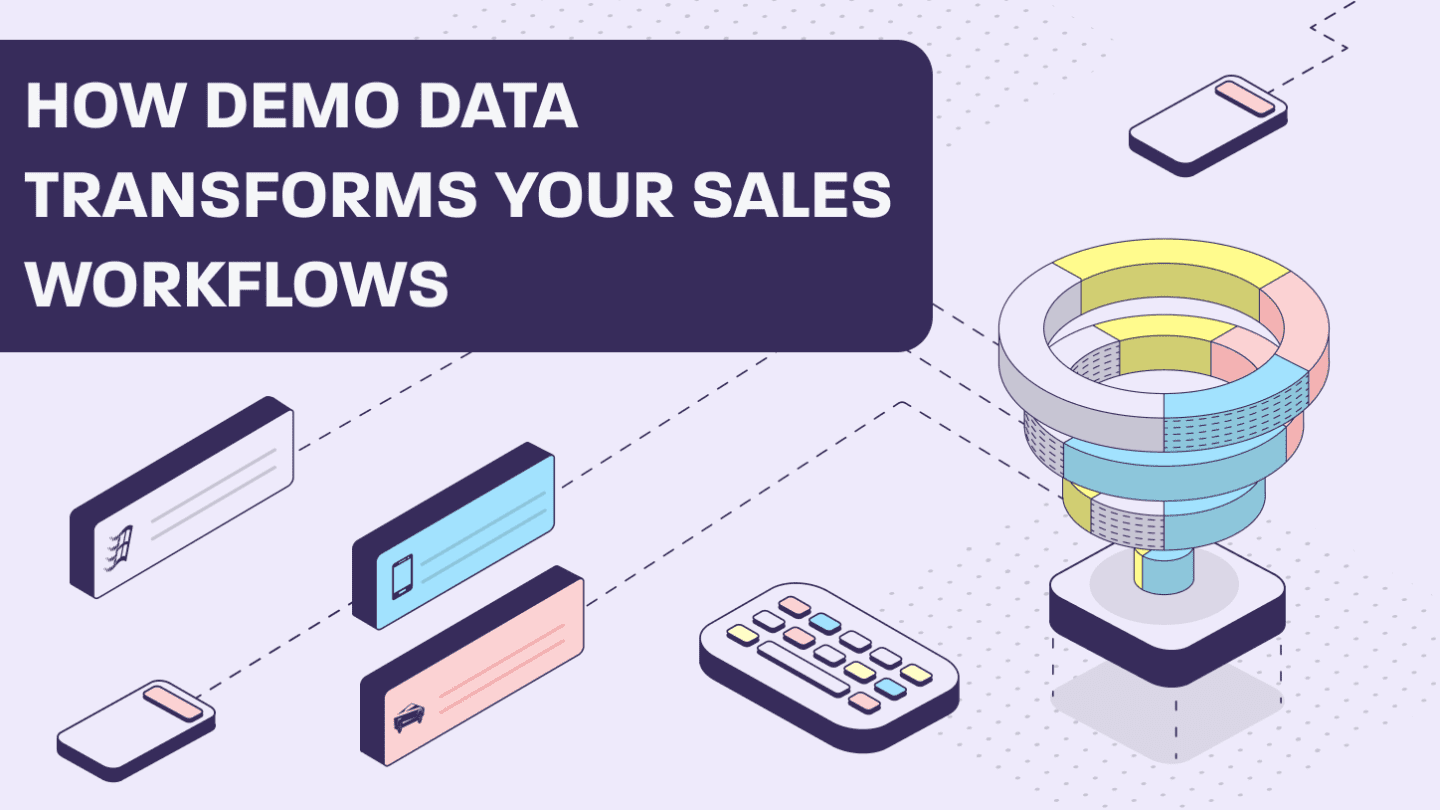
Product Demos
Keep reading
How Interactive Demo Data Transforms Your Salesforce & HubSpot Workflows: 5 Real Automation Examples
Your sales team sends dozens of demos every week. Prospects engage, click around, maybe even share internally. But then what?…
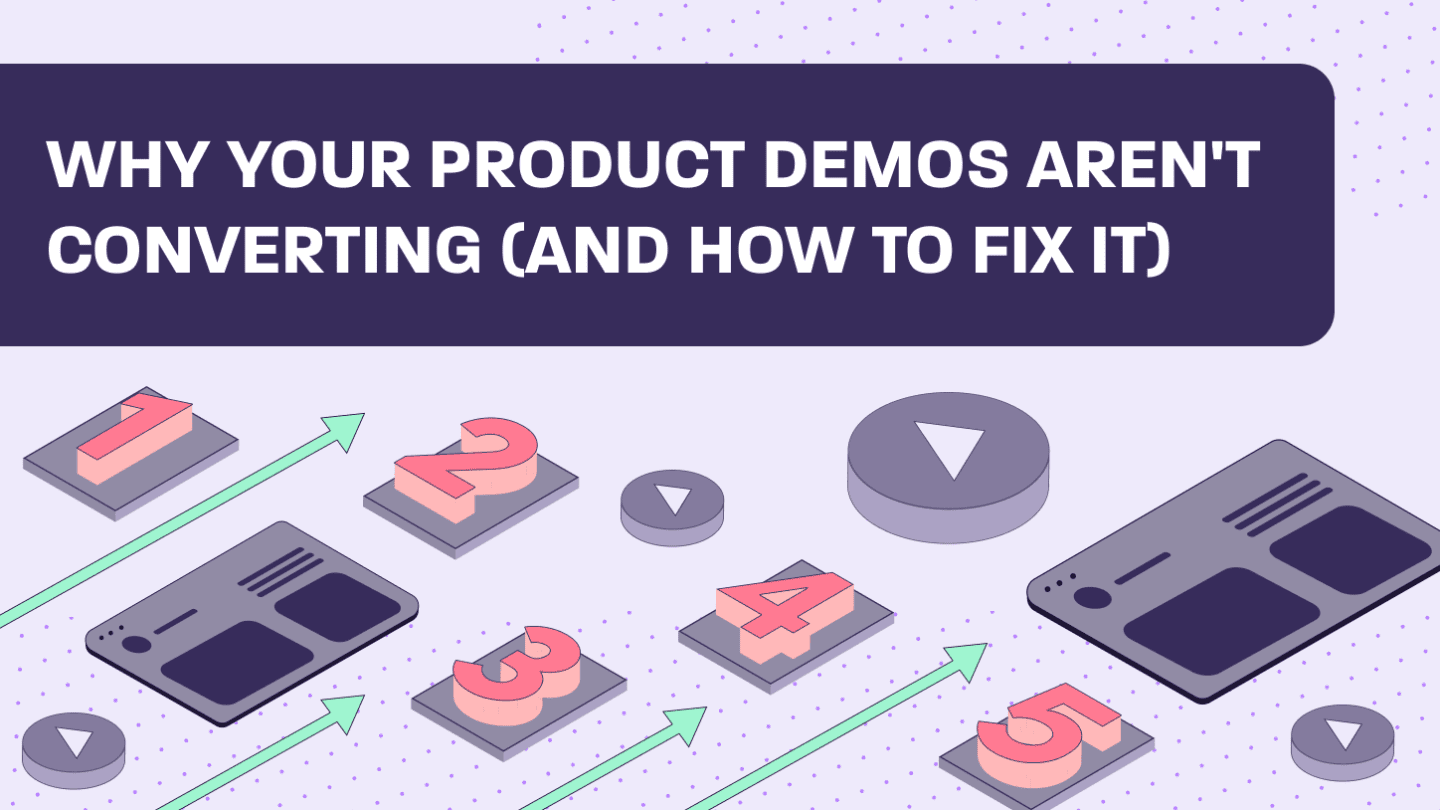
Product Demos
Keep reading
Why Your Product Demos Aren’t Converting (And How to Fix It)
Discover why your product demos are not converting, and how to increase demo effectiveness with personalization, data, and Walnut’s demo…
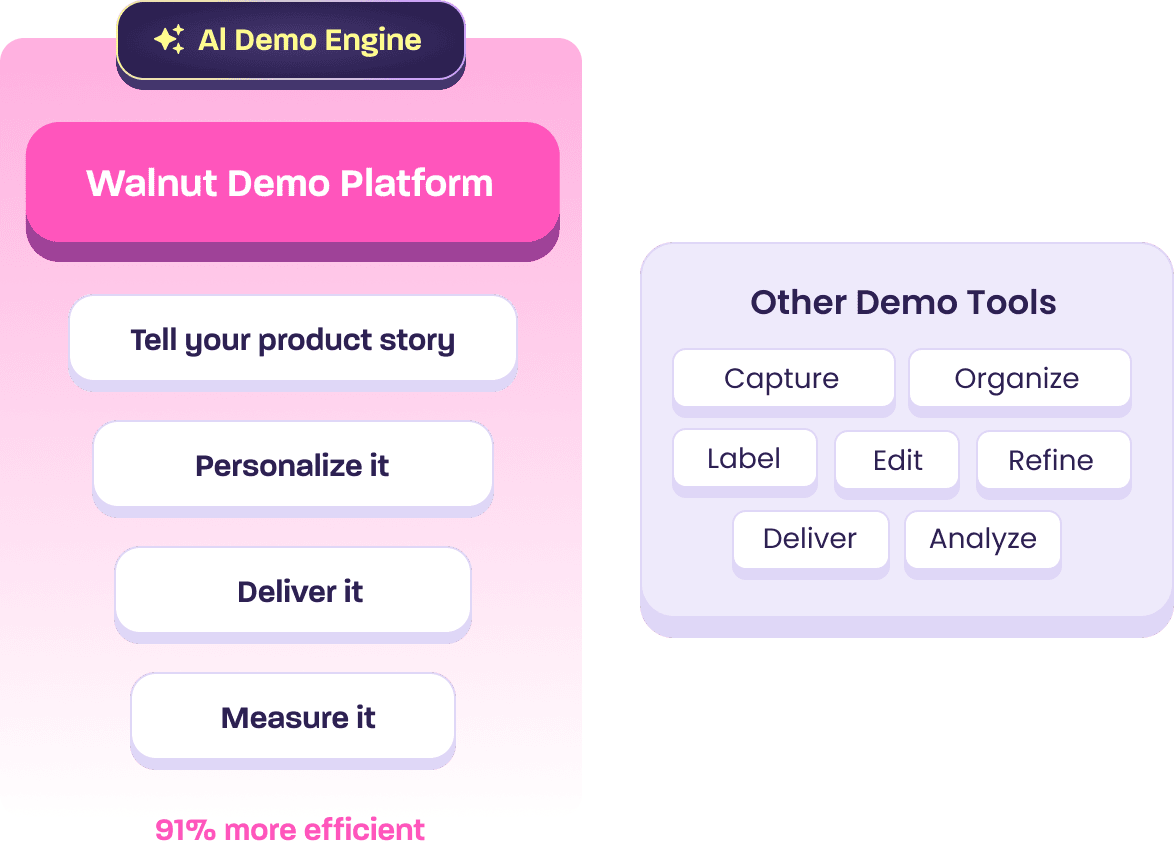
Product Demos
Keep reading
How AI-Powered Demos Are Transforming B2B Sales: A Practical Guide
The highest-converting demos weren’t the longest. They weren’t the flashiest. They were the ones who told a story tailored to…
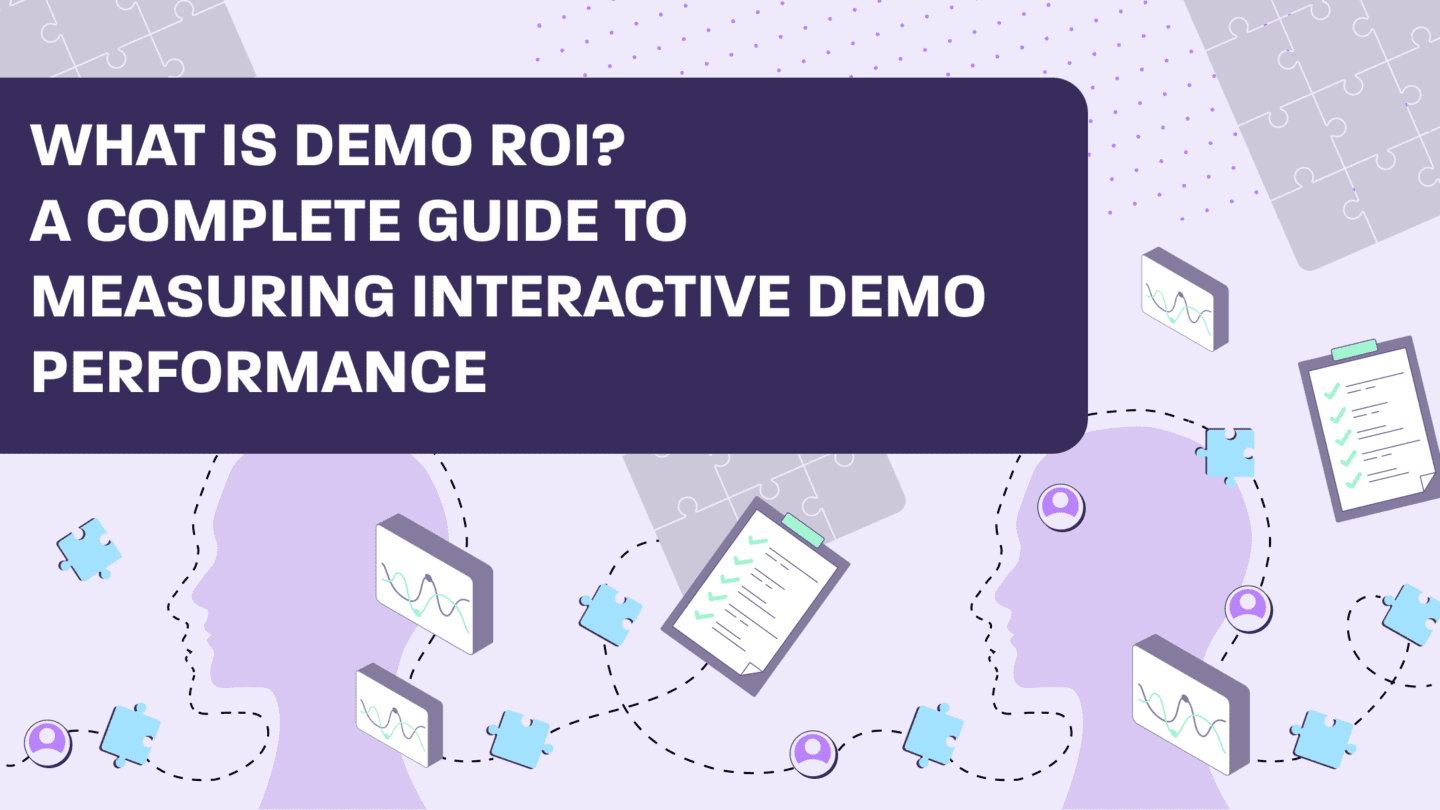
Product Demos
Keep reading
What Is Demo ROI? A Complete Guide to Measuring Interactive Demo Performance
How to Prove Demo ROI: The Complete Playbook for Revenue Teams

Product Demos
Keep reading
How to Prove Demo ROI: The Complete Playbook for Revenue Teams
How to Prove Demo ROI: The Complete Playbook for Revenue Teams

Product Demos
Keep reading
The Demo Revolution: Why “Flashy” Demos Are Dead (And What Buyers Actually Want Now)
The Problem With “Flashy” Demos For years, enterprise software demos followed a predictable pattern: These demos worked when buyers had…
You sell the best product.
You deserve the best demos.


Never miss a sales hack.
Subscribe to our blog to get notified about our latest sales articles.